Nature Now! The Dandelion
For immediate release ‐ May 12, 2021
Nature Now
Contact: Jon Pishney, 919.707.8083. Images available upon request
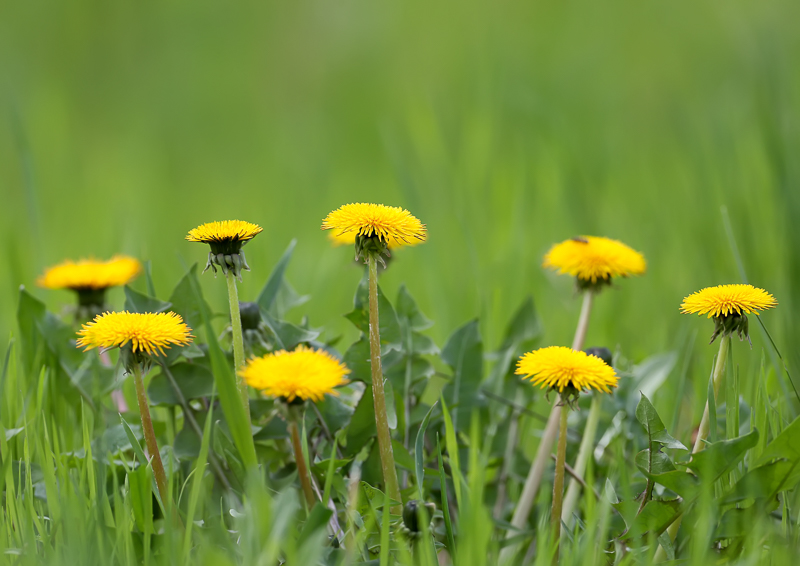
By Jerry Reynolds, Head of Outreach and Dandelion Seed Dispersal
Talking politics in a mixed crowd can stir up some strong opinions and make for lively discussions. Bringing up the dandelion in a mixed crowd can stir up similarly strong opinions and perennial arguments. What’s so divisive about such an innocent-looking plant that has people butting their heads against each other?
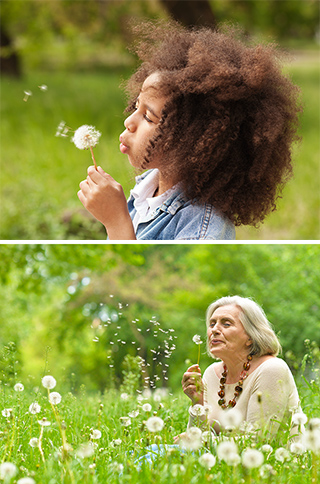
Most people recognize a dandelion with its bright yellow flower and it may well be the first plant that you paid attention to as a kid. What kid (young or old) can resist picking the white “puffball” seed head (also known as the clock) of the dandelion and sending those delightful “seed parachutes” flying into the wind with a strong puff? I also challenge you to go into the lawn section of a hardware store and not find a dandelion on the label of some weed killer! Yes, most people consider it a weed. The colorful, distinctive and persistent dandelion is the poster weed of the herbicide industry.
So, what’s the deal with the dandelion and our love/hate relationship with it? The Common Dandelion, Taraxacum officinale, now commonly found in the United States, is not native. This species, originally native to Europe, was brought to the United States by the European settlers. One source says that it was on the Mayflower in 1620 when that group sailed to North America. Somehow it was very fitting to be on the “Mayflower,” but perhaps they should have changed the name of the ship to the “Willflower” once they realized the dandelion was on board! The Common Dandelion, with human help, has now spread across most parts of the world. And it is just one species of a large and taxonomically diverse group of dandelions.
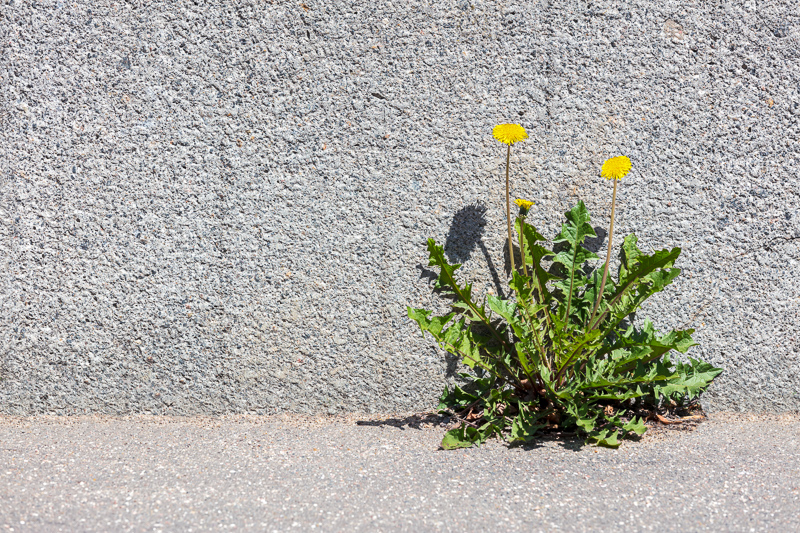
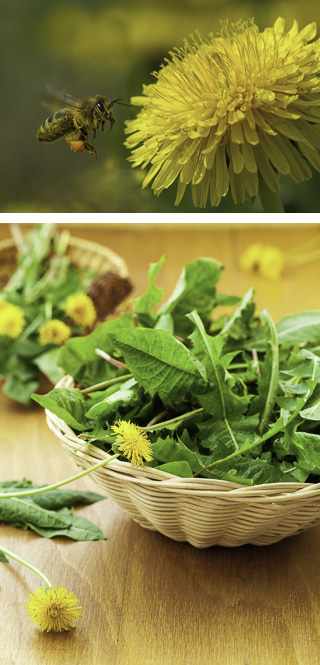
I challenge you to go outside in your yard or the nearest patch of lawn or other area not covered in concrete or asphalt and not find a dandelion. In some cases, you can even find them in the cracks of concrete or asphalt! The invasive status of the non-native dandelion is the sore point for many purist botanists and lawn lovers. Yes, it’s not native and it does adapt well to our disturbed landscape. If you love the green lawn of a non-native grass then why hate the dandelion, a non-native herb? Isn’t that a double standard for grasses and herbs?
I will always favor native species over introduced species, but I favor the dandelion high on the list of non-native plants. Regardless of how it got here, I think that it is a delightful plant. It’s attractive and certainly a fun plant to interact with. I wonder how many botanists were inspired at an early age by this cool plant. What other plant can you think of that a very young child would be so motivated to investigate?
They do flower early, so they are a source of nectar for some insects when no other food is available. The leaves are munched on by other animals, including humans. Wild food foragers enjoy creating tasty salads with leaves from the Common Dandelion. Finish that off with a glass of dandelion wine, made from the flowers, and you too may develop a warm spot in your heart for this non-native plant.
[How do dandelion seeds disperse so widely? Watch this Nature video to find out!]
About those puffballs; it is hard to resist sending those seeds (actually single-seeded fruits called achenes) flying into the air with their delicate “parachutes” keeping them aloft for great distances. This certainly has helped with their widespread dispersal across our landscape. Each puffball can have over 100 parachute-rigged seeds attached until launched into the air by a strong breeze or a puff from a playful human. Each plant can produce up to 5,000 seeds per year. Interestingly, I rarely see a dandelion on my hikes through relatively undisturbed natural areas. They need open sun, so they do best in lawns and other land that has been cleared of the native vegetation. And we just keep on creating new habitat for them to flourish in.
I accept and welcome this naturalized member of our plant community. There are other invasive plants that I do not welcome as warmly and will make every effort to squash them where they root. But I like dandelions and welcome them to my part of the disturbed landscape. They add a nice touch of color and a different form in a sea of non-native narrow-leaved grasses.
Whether you like them or not, they are here to stay. And that’s just dandy with me! No lying!
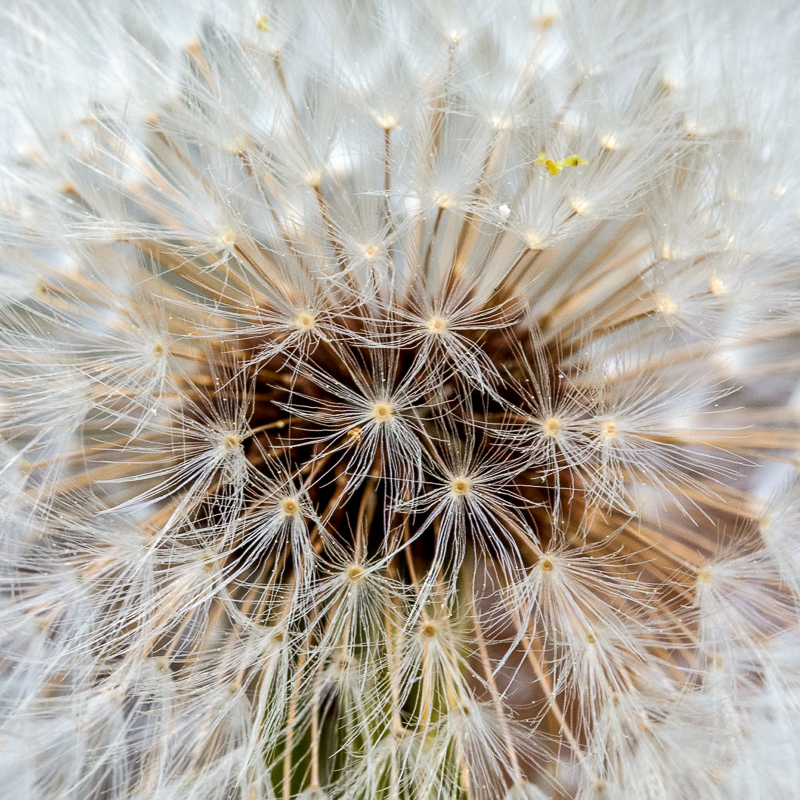
For more information about our upcoming activities, seasonal news and ground-breaking research, follow @NaturalSciences on Instagram, Twitter and Facebook. Join the conversation with #visitNCMNS.

